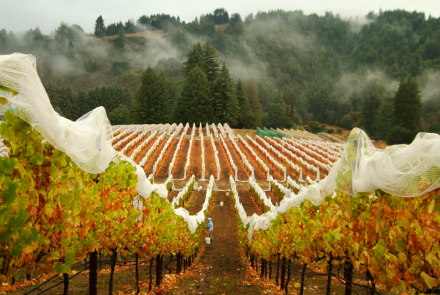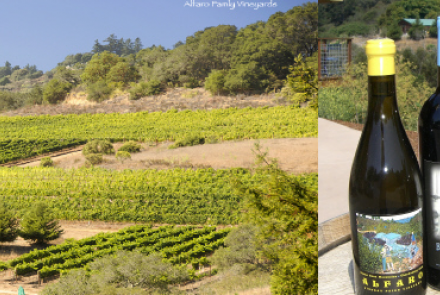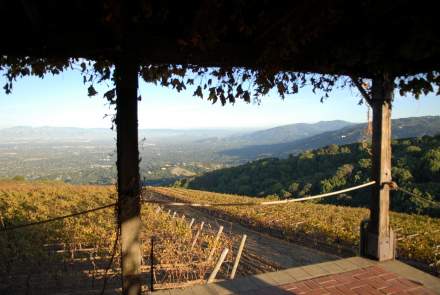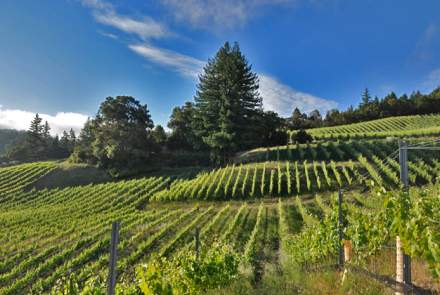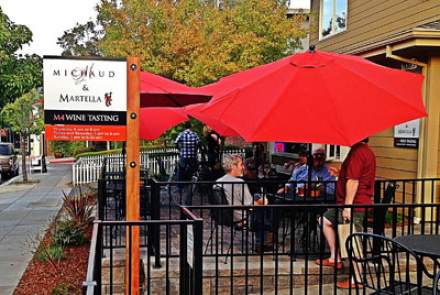The Santa Cruz Mountains are a series of mountain ranges in western California and the southern San Francisco Bay Area, primarily in Santa Cruz County and San Mateo County. They form a scenic backbone between the coastal area to the west and the Santa Clara Valley to the east.
The range extends from south of San Francisco to the Pajaro River near Gilroy. The highest peak in the Santa Cruz Mountains is Loma Prieta at 3,786 feet, which is also the site of a significant earthquake in 1989. Other notable peaks include Mount Umunhum, Mount Bielawski, and Black Mountain.
The Santa Cruz Mountains are home to a vast array of plant and animal species. The mountains are covered with dense forests of redwood, mixed conifer, and oak woodland, dotted with chaparral and riparian habitats. The ranges are also home to a number of endangered species, including the peregrine falcon, the California red-legged frog, the San Francisco garter snake, and the marbled murrelet.
The region is renowned for its wine production, with both the Santa Cruz Mountains AVA and Silicon Valley AVA recognized as distinct regions for wine growing. The region is also home to several parks and protected areas, including Castle Rock State Park, Big Basin Redwoods State Park, and the Henry Cowell Redwoods State Park, offering a variety of outdoor activities such as hiking, camping, bird watching, and more.
Additionally, the Santa Cruz Mountains also have a significant role in Native American history with the Ohlone tribe inhabiting the area before European colonization. Many areas in the mountains contain artifacts and sites of cultural and spiritual significance to the Ohlone people.



